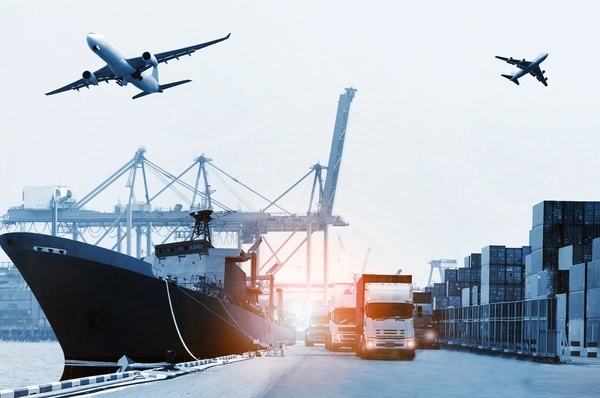

Table of Contents
Some of the main determinants of freight costs in Australia include distance, the type of goods, the mode of transport, and fuel price. Since one will have to cover such a distance within the country, transportation may be relatively expensive for firms. All shipping costs, whether by road, rail, air, or sea, have their advantages and disadvantages. For instance, road freight is used within shorter distances due to the flexibility it offers, but in the case of bulk goods taken over a long distance, rail can turn out to be cheaper. Air freight, even though faster, also tends to be relatively the most expensive option; thus, it suits urgent or high-value items. Besides, freight costs depend on fuel costs, tolls, and environmental factors such as the weather. All of these aforementioned factors, therefore, make it very important for businesses to understand logistics management better with the view of minimizing costs. This would ensure that routes are optimized, the mode of transport is appropriate, hence giving efficiency and more control over the freight costs in Australia.
Overview of Freight Costs
In freight business, the cost of consignment plays a major role and largely influences the total cost of the business. This includes various aspects of cargo type, distance covered, mode of transportation used, road, rail, air, and sea, along with fuel price, toll, and customs duty. All these factors will help a business enterprise to understand its logistics and maintain profitability accordingly. Preselection of appropriate transport modes and route optimization enables companies to tighten resources in the supply chain, hence managing their freight costs better.
Importance of Understanding Freight Costs in Australia
Freight costs in Australia should be suitably understood by business to better control their costs and, hence, their competitive positioning. Shipping costs can range substantially over large distances and variable topography across Australia depending on the mode of transport and distance. Other variables include fuel prices, tolls, and handling fees that will affect the overall cost. Such variables, if understood by the firms, may then select cost-effective shipping methods that will best befit their operation and profitability while offering timely deliveries for better customer satisfaction in the Australian market.

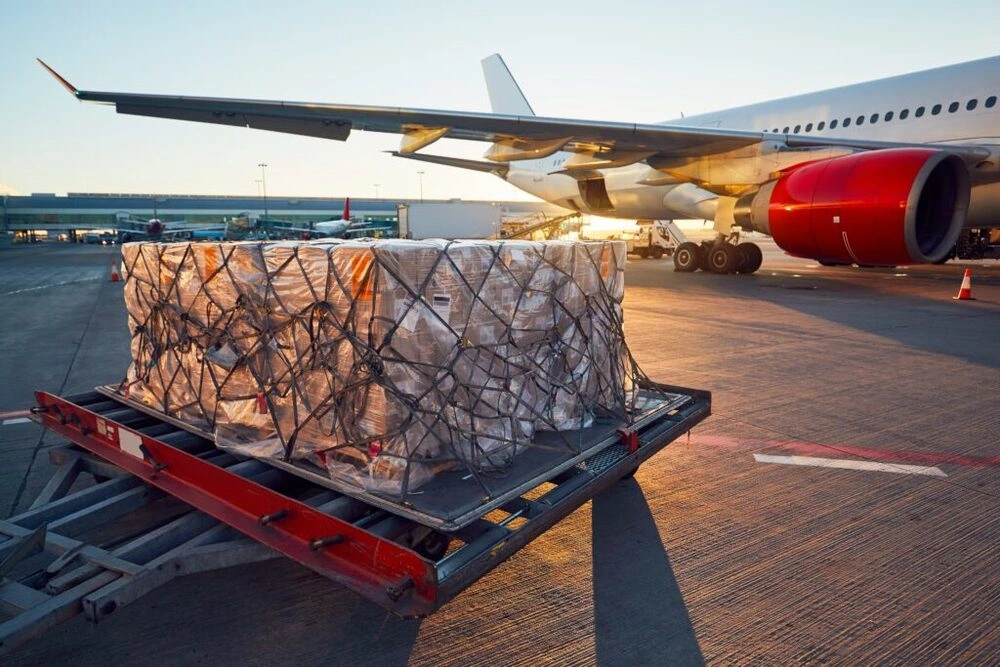
Factors Influencing Freight Costs in Australia
Distance and Location:
Cargo prices are particularly sensitive to the distance between the pickup and delivery points. Longer distances obviously mean increased costs since these involve fuel consumption and, more importantly, time. It also involves added costs related to remote or inaccessible areas. This is often due to the limited availability of options pertaining to transport and added logistical challenges, which also includes poor road conditions, apart from special equipment requirements.
Type of Freight (Air, Sea, Road, Rail):
Each mode of transport comes with its cost. Air freight is the costliest but the fastest, ideal for urgent or highly valued shipment deliveries. Sea freight is most economical when the shipment of bulk goods has to be made over a very long distance. By road, freight is flexible and suitable for shorter distances, while by rail, one can have a balance in heavy, long-distance shipments to save costs from road transportation.
Weight and Volume of Shipment:
The heavier and bulkier the shipment is, usually, the more expensive the shipment is since it occupies more space and costs more fuel. Shipping freight will typically be charged on either actual weight or volumetric weight-whichever is greater-so both need to be taken into consideration when estimating the costs.
Fuel Prices:
Cost of fuel forms one of the major constituents of freight rates. Fluctuations in the price of fuel would, therefore, apply correspondingly to shipment rates since the cost to the transporter is passed on directly to the consumer. The higher the fuel price, the greater the surcharge for shipment, which in that case, becomes expensive given the case of shipment over long distance and when shipment by road or air, generally fuel-intensive.
Seasonal Variations:
The freight quote depends upon the time of the year, be it fine weather, high or low demand, or be it shipping offseason or peak season. Rates may increase during holiday seasons or when the weather is bad and shipping has to take longer routes, diverting due to higher costs.
Surcharges and Additional Fees:
Besides that, some surcharges will be added for fuel, tolls, customs duties, and fees for handling. All those can make up surcharges for extra services or special conditions used in transporting the goods, like liftgate service, residential delivery, or remote area surcharge among others.

Types of Freight Services in Australia
Domestic Freight Services:
These are services that concern the transportation of goods within the borders of a country. In Australia, domestic freight services mainly rely on road, rail, and air transport in moving goods between cities and regions. These services will be suitable for companies wanting to quickly move their products in short to medium distances efficiently. Domestic freight is important in helping to hold up the chains of supply, making sure there is timely delivery and meeting market demands. Inland freight service choice will, therefore, be affected by the state of distance, commodity type, and speed of delivery.
International Freight Services:
These services assist in the transportation of cargo from one country to another. International freight forwarding in Australia can be done either by air or by sea. Either option depends on the nature of cargo, which could be determined by urgency, volume, or even the nature of cargo. Air Freight is costlier and quicker; it applies to urgent or highly valued cargo. On the other hand, sea freight is cheaper and, hence, applies to huge bulky shipments. Services offering international freight also have to deal with customs regulations, tariffs, and documentation and hence are more complicated in comparison to domestic shipping.
Specialized Freight Services (e.g., Hazardous Materials, Perishables):
Special cargo services cater specifically to shipments that need special handling, such as hazardous goods, perishables, and oversized cargo. Special cargo services ensure that their operations fully comply with all the relevant safety legislation and standards on shipment protection and general public safety. For example, hazardous goods require specially designed packaging and specially trained personnel, while for perishables, temperature-controlled environments are required to maintain freshness. This often costs more because of the special equipment, handling, and very strict adherence to stringent regulatory requirements.

Breakdown of Freight Costs in Australia
Shipping Rates and Tariffs:
The actual basic price of transportation is contained in the shipping rates. They are based on the distance over which the merchandise must be transported, the weight, volume, and mode of shipment. Tariff is an imposition or tax that a government puts on imported or exported products. Together, shipping rates and tariffs constitute the total cost of moving a product for the most part when trading internationally.
Handling and Packaging Fees:
These cover for preparations that may include packaging costs, cost of packing involved, and any other special handling that may be in place. Proper handling and packaging ensure that the goods are well kept and secured during transit to avoid loss and damage.
Customs and Duty Charges:
These are taxes imposed by governments on goods moving either in or out of the country. Customs duties vary with the type of commodity, its value, and trade agreements in place. It is one of the most important components of international shipping because it determines the overall cost and requires proper documentation for clearance.
Insurance Costs:
Insurance costs include premiums paid on insurance against shipment risks, which could be in the form of damage, loss, or even theft when in transit. Freight insurance covers the value of goods against any event that is unforeseen and gives the shipper peace of mind. The cost of insurance depends on the cargo value, nature, and destination and hence is quite necessary and vital for high-value items or fragile shipments.

Comparison of Freight Costs by Transportation Mode
Air Freight Costs:
Shipments by air freight are faster but most expensive method. It is highly suitable for urgent, high-value, or perishable items. It charges based on the weight, volume, and price of fuel. Additionally, it charges for security and handling.
Sea Freight Costs:
Sea freight is cheaper for bulkier and larger shipments. The cost is less expensive but again would depend on the container size, cargo weight, and distance to cover, plus added port charges and customs clearances.
Road Freight Costs:
In this case, road freight would be flexible and would operate within a very short to medium over distancia. Again, the cost would fall back on fuel prices, distance to travel and weight carried plus extra additions for lift gate delivery or residential address delivery. This applies more to regional and domestic shipping.
Rail Freight Costs:
It is effective in the transportation of heavy and bulk cargo over a long distance. It is always cheaper compared to road cargo, particularly if the shipment is huge. Its cost is determined by the distance and weight applied and accessibility to rail networks. It is ideal for intercity and interstate shipment.
Freight Cost Calculators and Tools
The freight cost calculators and tools are, therefore, of prime importance to the firms so that they may do more actual estimation concerning the cost of shipment for the purpose of making better financial budgeting that would help them in making further decisions. Online freight cost calculators are just options available on almost all websites for convenience. They provide instant quotes, with the help of which, except for shipment weights and dimensions apart from the destination that have to be filled in, everything is estimated in an instant. The point primarily is taking proper estimates that also include factors like the weight and size of shipment, distance, mode of transport, desired delivery speed. Some standard freight calculation tools include the FedEx Freight Calculator, the DHL Rate Quote, and the UPS Shipping Calculator. In fact, these tools tend to present a rapid estimated cost of shipment to any business for the proper planning of logistics. Because of this, the resources are more likely to aid an organization in its shipping process much better, control the expenses, and make sure that financial planning is really accurate.
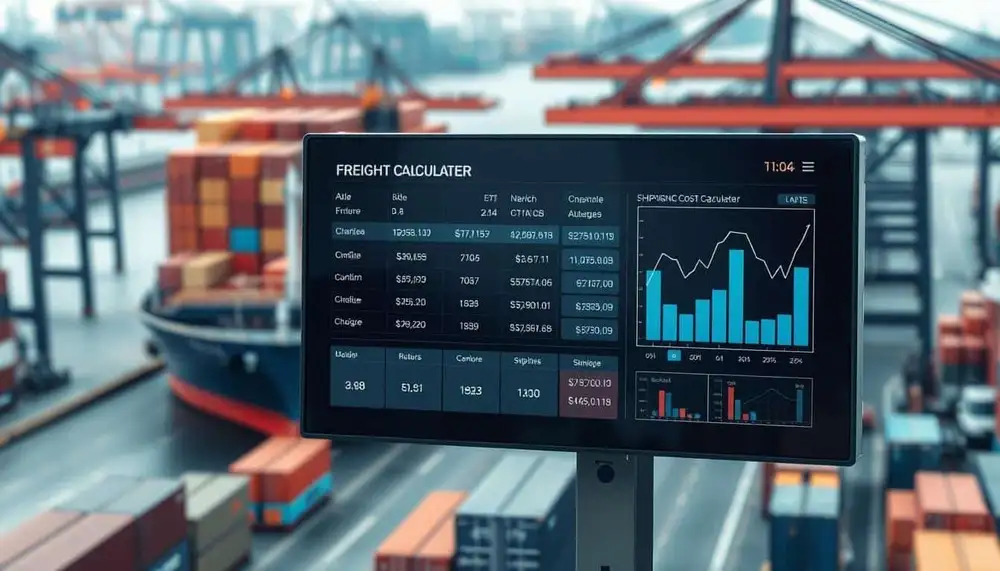
Tips to Minimize Freight Costs in Australia
Choosing the Right Freight Carrier:
Selection of the appropriate freight carrier provides for the timely, safe, and reasonably priced delivery. The quality of service, price, reach of the network, customers’ review are the factors to be considered.
Consolidating Shipments:
A number of shipments combined into one increases the volume of shipment and decreases the cost of carriage in the container or the truck. The handling charges reduce, and the chances of damage lessen.
Freight Providers Rate Negotiation:
Volume, frequency of shipment, or even loyalty of shipment may pre-negotiate shipment prices. Good relations with providers should result in better terms and discounting.
Forwarders arrange logistics for organizations by organizing documentation, customs clearance, and route optimization. They provide expertise and access to networks that would otherwise not be available, often offering superior rates and more efficient shipping solutions.
The businesses need to be aware of the different elements of freight cost so that they can concentrate on their logistics management in an efficient manner to reduce costs. Businesses can leverage a freight optimization strategy by choosing the right freight carrier, shipment consolidation, negotiation of rates, and by utilizing freight forwarders. Utilizing freight cost calculators and tools allow companies to budget correctly and make decisions. The freight strategy is well-managed, the cost will be reduced, and on-time delivery will guarantee customers’ satisfaction for long-term success in the competitive market.
FAQ
The article provides information about the factors that affect freight costs when shipping goods to and from Australia. It also explains how different shipping methods, ports, packaging, insurance coverage, Australian customs duties and taxes, and Incoterms rules can impact these costs.
The shipping industry provides air and sea services depending on the type of goods. These include sea freight, air freight, and express.
The main Australian ports include Sydney, Hobart International Port, Adeline International Port, and Melbourne.
Choosing the right port is effective in reducing freight costs as it ensures that necessary equipment is available to load or unload goods. This helps to prevent additional costs that may arise due to damages or required equipment not being available.
Prohibited goods when importing goods to Australia include crayons, cosmetics, meat, and fruit.
Incoterms are rules that define the duties of sellers and buyers during a transaction. They play an important role in determining freight costs as they specify responsibility and costs during the transaction. Different Incoterms have varying impacts on costs.
Topshipping offers detailed shipping costs from/to Australia that take into account factors such as tolls, airport costs, warehouse fees, pickup, and delivery. This can help prevent hidden costs and optimize spending.

TopShipping
With years of experience in logistics and freight forwarding, the author is passionate about making shipping smoother and more efficient.
As a leader at TopShipping, they’ve developed a deep understanding of supply chain management, international shipping rules, and creative logistics solutions. They’re driven by a desire to help businesses succeed by delivering reliable, customer-focused services.
Over the years, they’ve also shared their expertise by writing for various industry publications, offering practical tips and insights on the latest trends in logistics. Thanks to their leadership, TopShipping has become a trusted name for companies looking for hassle-free global freight solutions.
Comment Section
Comment
Write your idea about "Freight costs australia – all about the money"


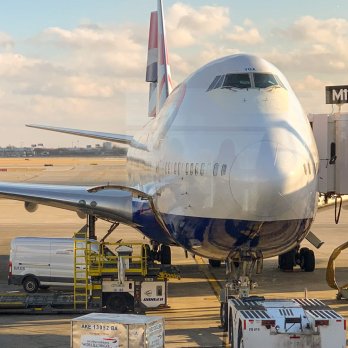

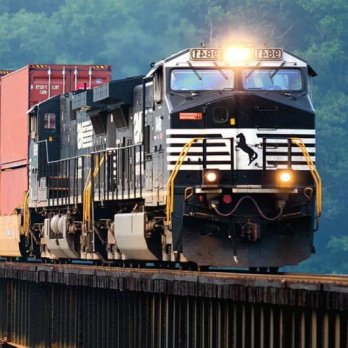
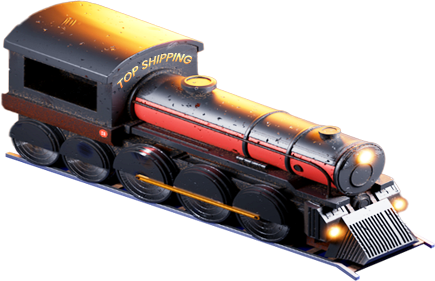
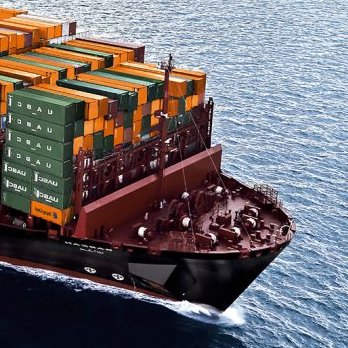
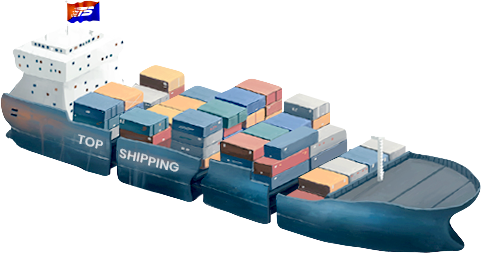
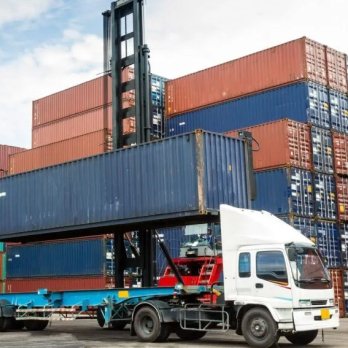
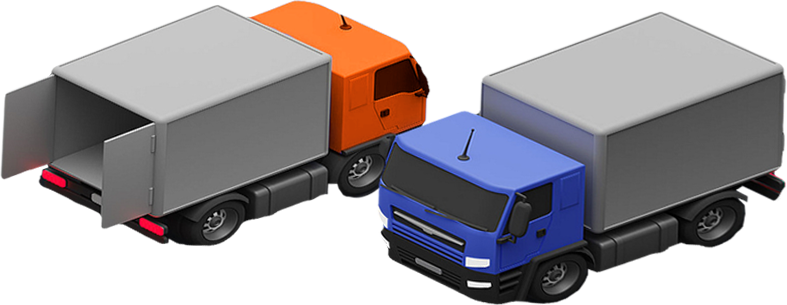
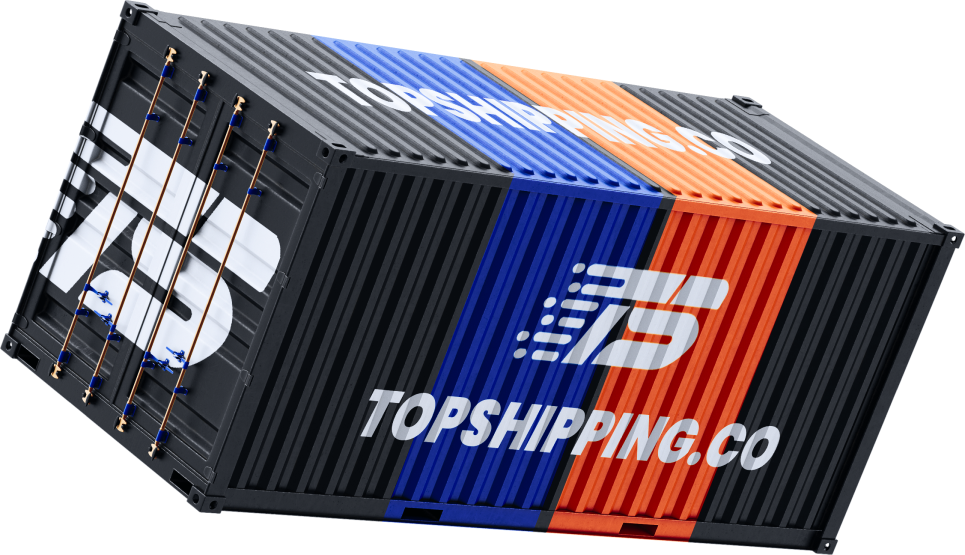





No comments yet.